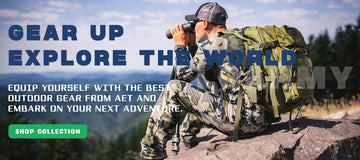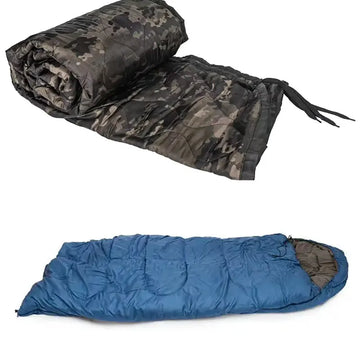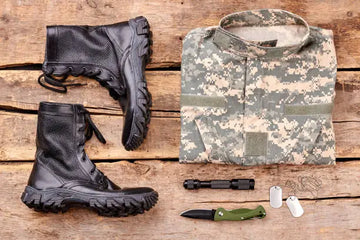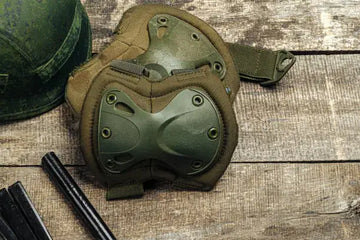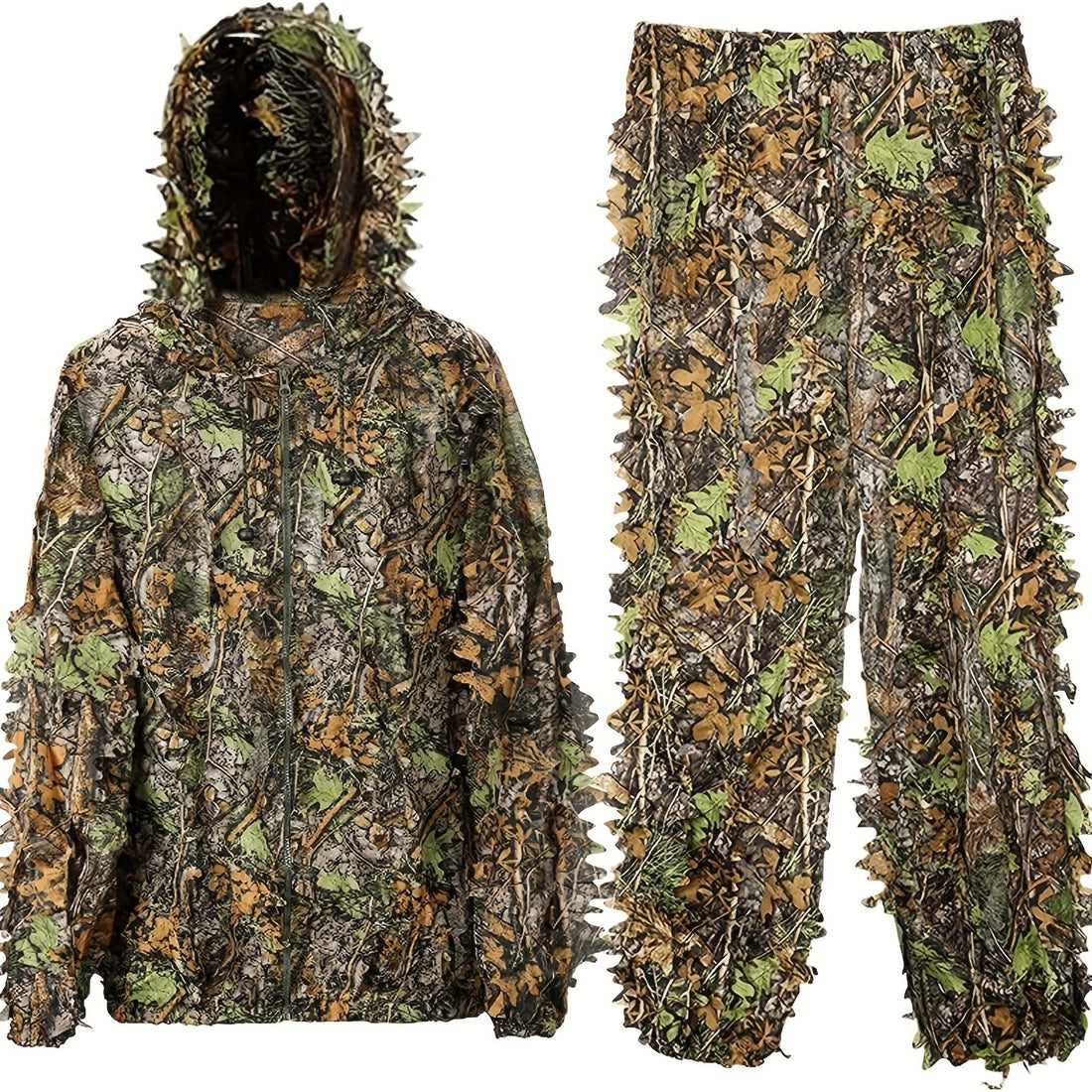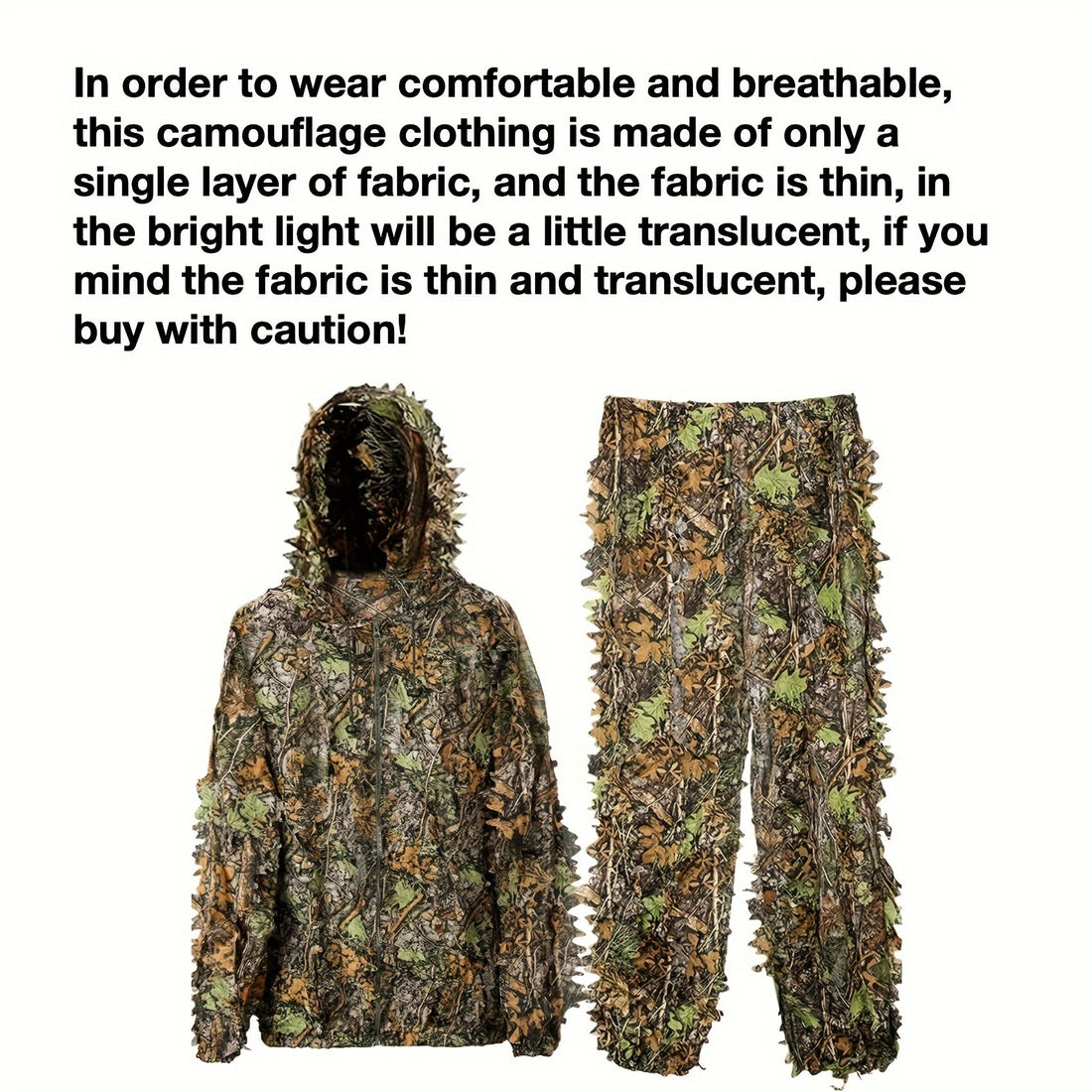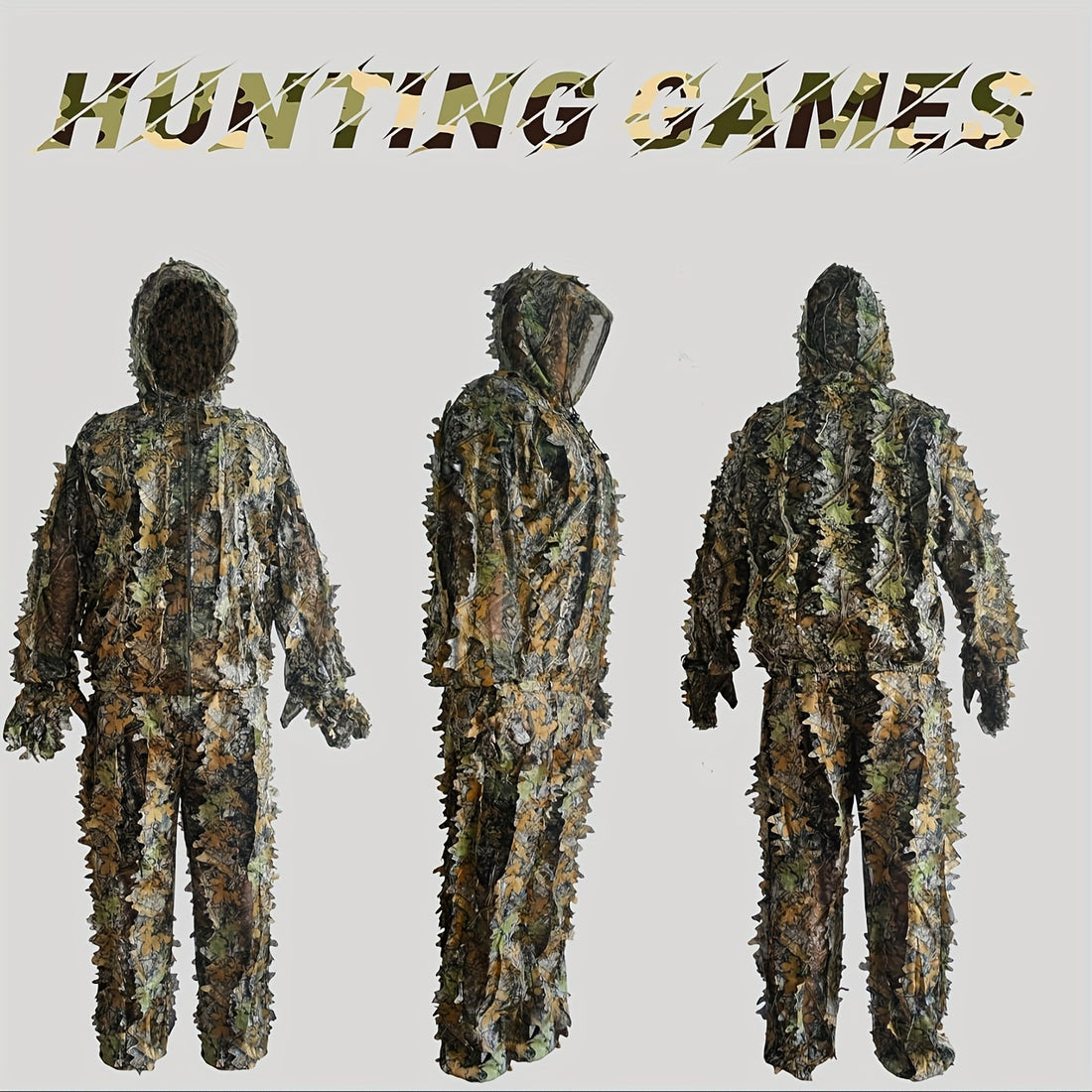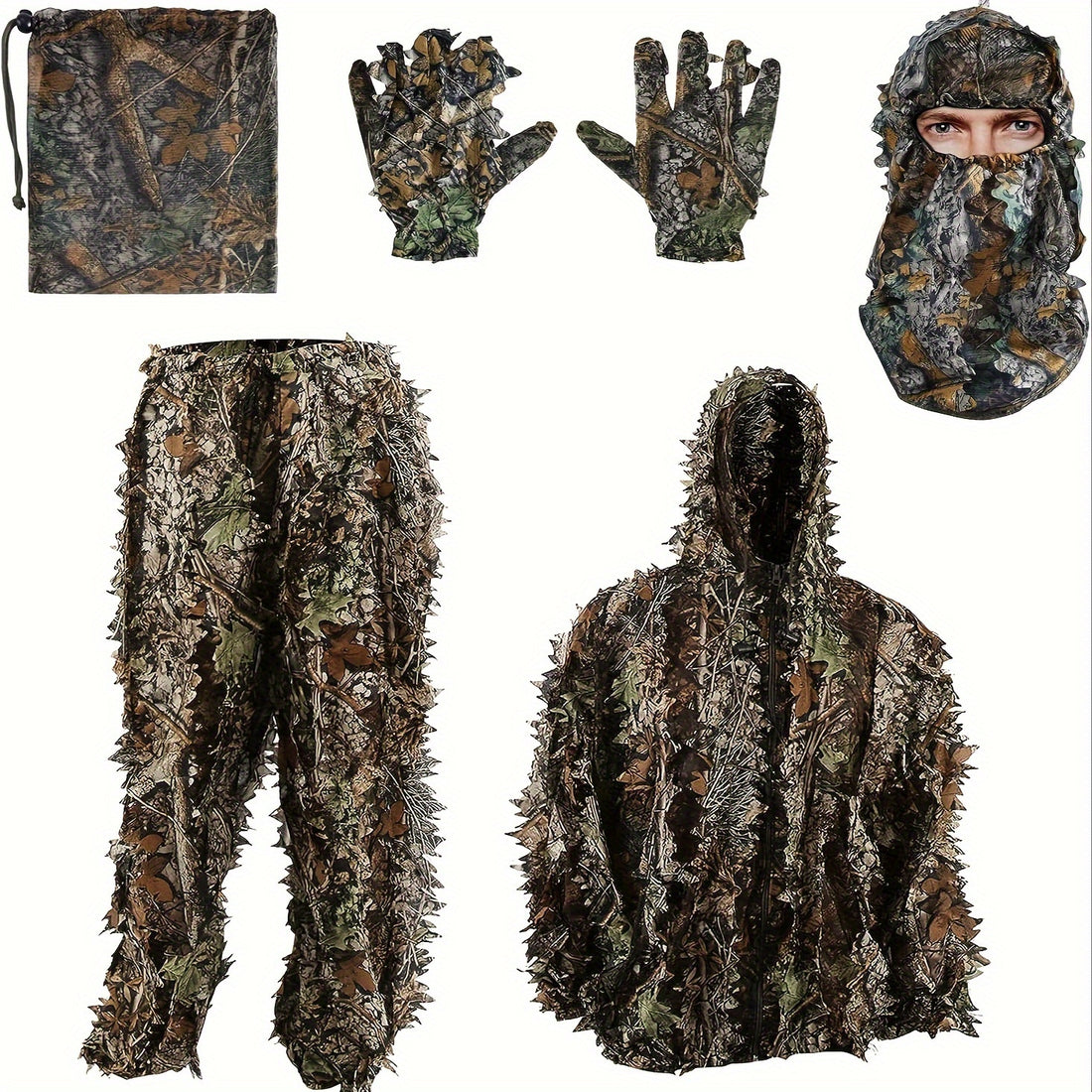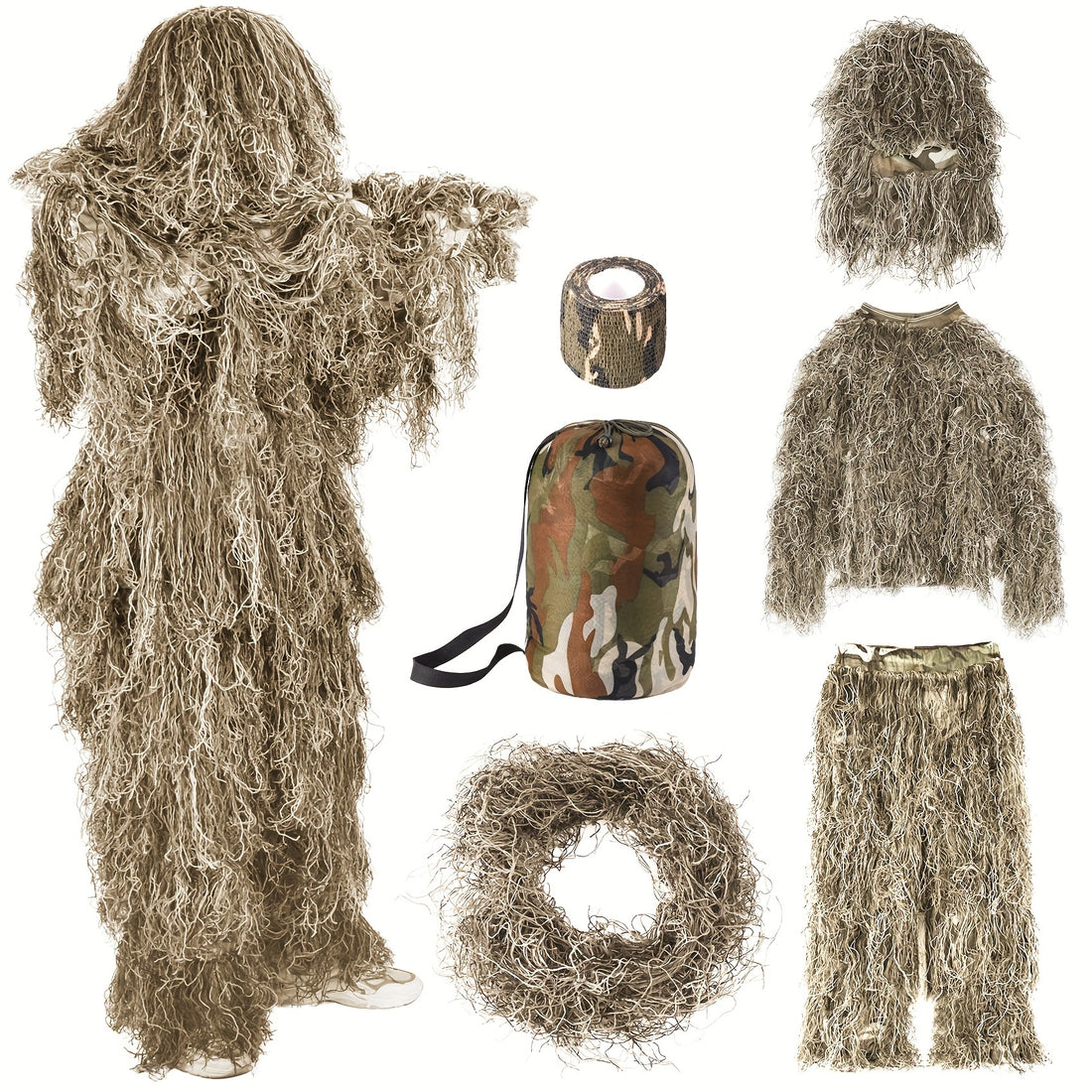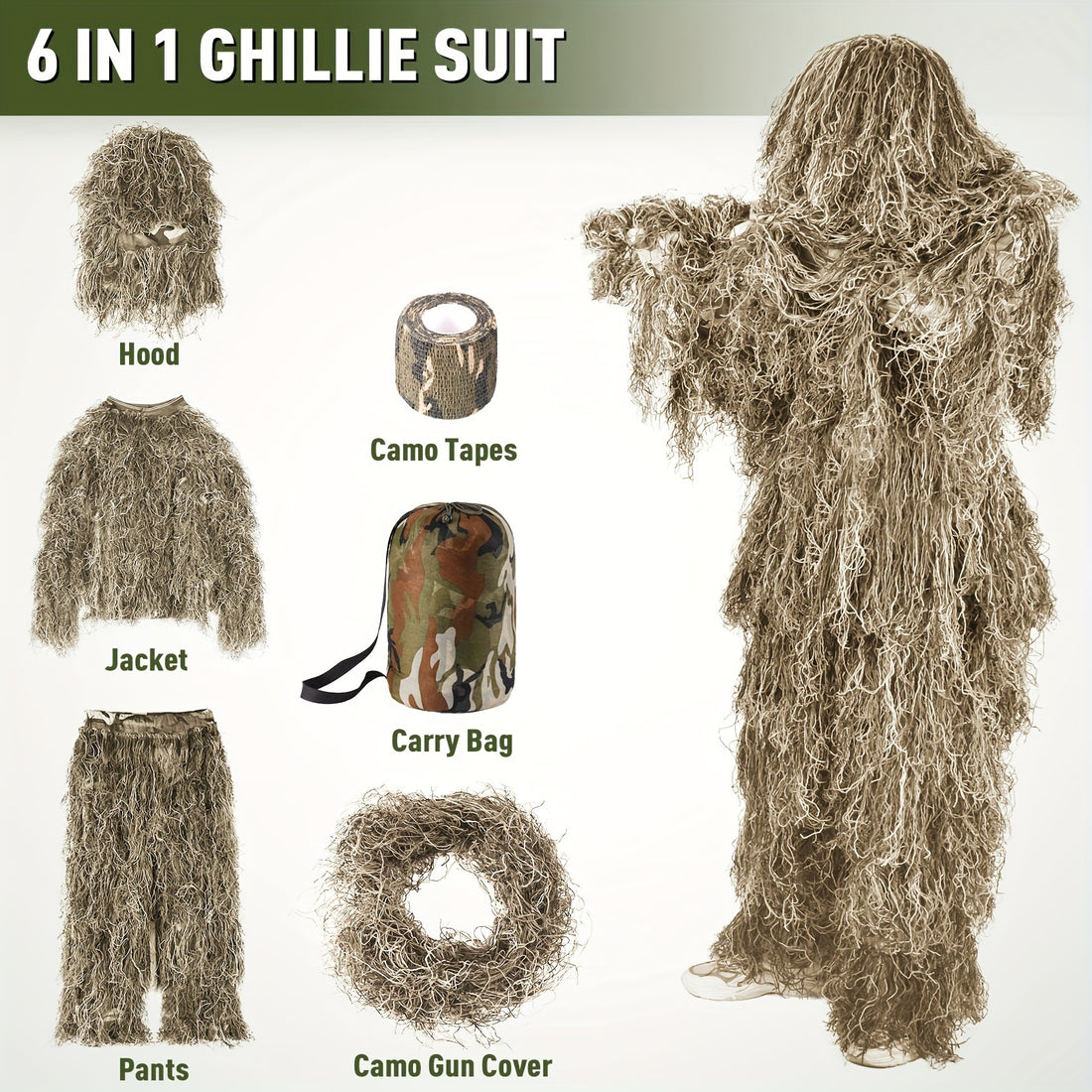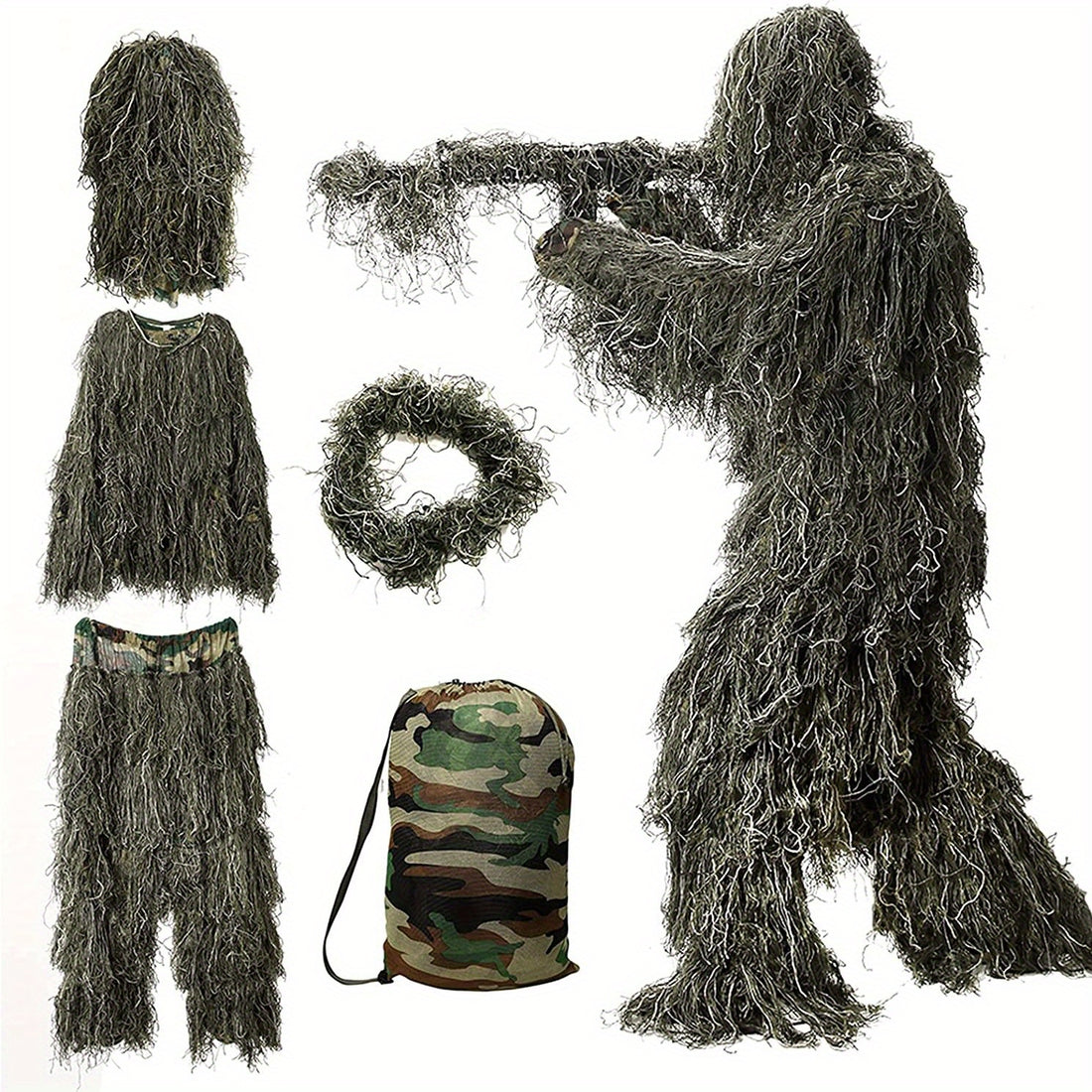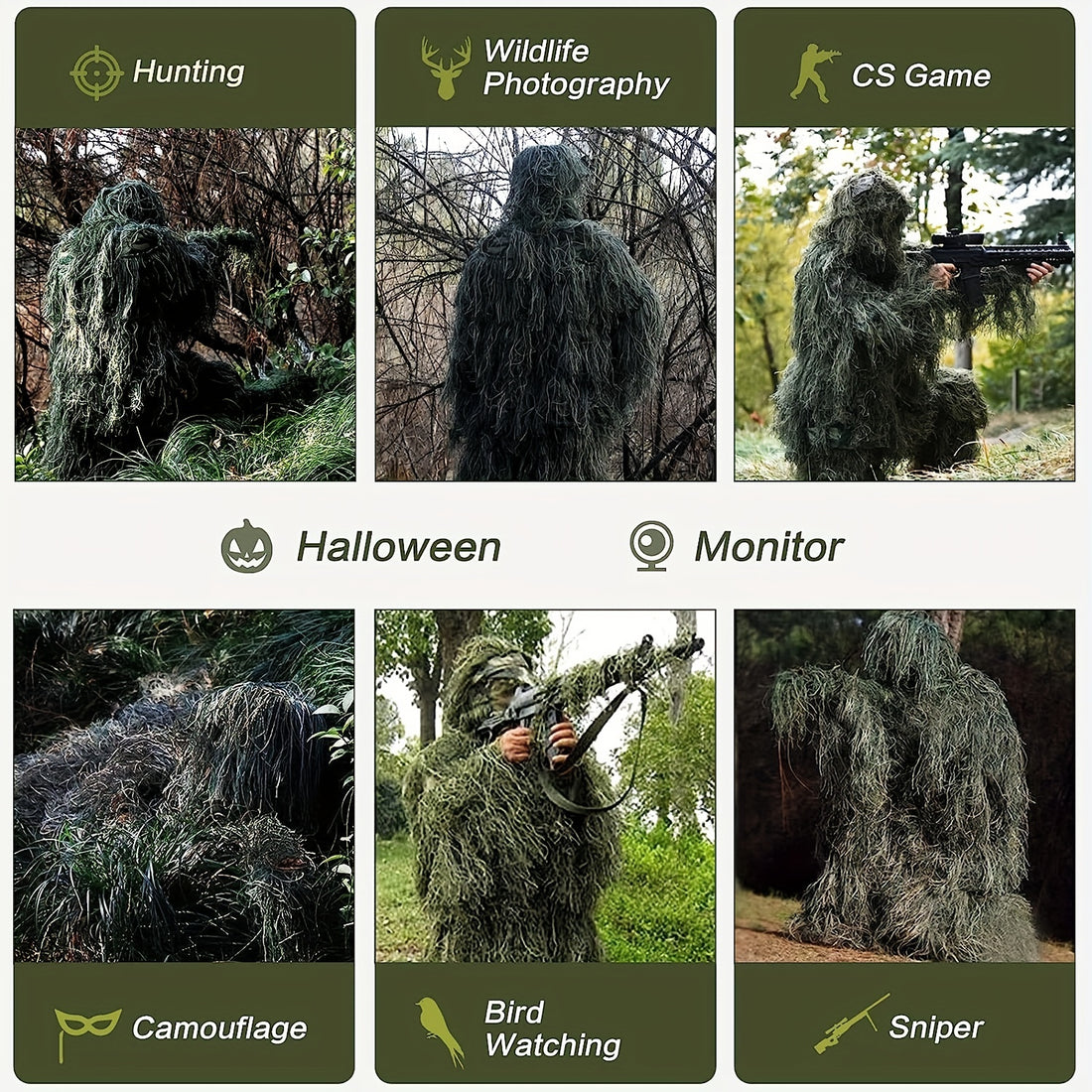Operating in freezing environments demands more than just standard equipment; it requires an integrated system of gear designed for survival, mobility, and sustained performance. For military, security, and serious outdoor professionals, failure of a single item can compromise an entire mission.
This guide details the ten main categories of cold weather gear, focusing on the technical specifications and features that define professional-grade equipment.
Essential Cold Weather Gear for Harsh Conditions
The following items form the core of a protective system, working together to maintain core body temperature and functionality in harsh, sub-zero conditions.
1. Insulated Combat Jacket
A professional-grade insulated jacket is the cornerstone of cold-weather protection. Look for systems with a waterproof and breathable outer shell (like GORE-TEX®) and synthetic insulation (e.g., PrimaLoft®) that retains heat even when wet.
Critical features include articulation at the elbows and shoulders for a full range of motion, underarm ventilation zippers to manage perspiration, and a cut that accommodates layered clothing and body armor without excessive bulk.

2. Moisture-Wicking Base Layer
The layer against your skin is critical for managing moisture and warmth. Merino wool or advanced synthetics are preferred for their ability to wick sweat away from the body, keeping the skin dry and preventing rapid heat loss.
A proper base layer should have a snug, athletic fit to maximize heat transfer and should be odor-resistant for prolonged wear in field conditions.
3. Insulated Cold Weather Boots
Footwear must protect against conductive heat loss from the frozen ground while remaining waterproof and breathable. Look for boots rated for extreme cold (e.g., -40°F/-40°C), featuring thick insulation, removable liners for drying, and aggressive outsoles for traction on ice and snow.
A secure lacing system and sufficient height to prevent snow ingress are non-negotiable.
Explore our tactical boots
4. Tactical Gloves and Mittens
Hand protection requires a balance of warmth and dexterity. A layered system is most effective: thin, touchscreen-compatible liners for fine motor tasks worn inside heavier insulated gloves or mittens for static periods.
The outer layer should be water and wind-resistant, with reinforced palms and grips for handling equipment.
5. Balaclava and Insulating Headgear
A significant amount of body heat is lost through the head. A wind-resistant balaclava that covers the head, neck, and face is essential. It should be made of a breathable, insulating material and be thin enough to fit comfortably under a helmet.
Supplemental gear like a fleece or wool beanie provides critical extra warmth when a helmet is removed.
6. Protective Gaiters
Gaiters seal the critical junction between your pants and boots, preventing snow, ice, and debris from entering. For military use, they should be constructed from rugged, waterproof fabric with a durable instep strap and a secure closure system (zipper or hook-and-loop) that runs the full length of the gaiter for easy donning and doffing.
7. Waterproof Tactical Pants
Like the jacket, outer pants must shield from wind and moisture while allowing freedom of movement. Features to look for include reinforced knees and seat, full-length side zippers to put them on over boots and other layers, and adjustable cuffs to seal over gaiters. They should be compatible with the fit and function of the insulated jacket system.
8. Performance Cold Weather Socks
Socks are a critical component of the foot climate system. Wool or synthetic blends are essential for wicking moisture away from the foot. Avoid cotton at all costs.
A two-sock system—a thin liner sock under a thick insulating sock—is often used to enhance moisture management and reduce friction that causes blisters. Always carry multiple spare pairs.
9. Extreme Cold Weather Sleeping System
Quality sleep supports recovery in cold settings. A military-grade sleeping system is modular, typically consisting of a patrol bag, an intermediate cold-weather bag, and a waterproof bivy cover. When combined, these layers can provide protection down to extreme temperatures (e.g., -30°F / -34°C). An insulated sleeping pad is equally important to provide insulation from the frozen ground.
10. Protective Snow Goggles
Vision protection is vital in snowy environments. Goggles protect from UV glare, wind, and blowing snow. Look for models with double-pane lenses to prevent fogging, 100% UV protection, and a design that provides a full seal around the eyes, even when worn over other headgear. Compliance with a standard like MIL-PRF-32432 is a strong indicator of quality.
Conclusion: Building a Complete Gear System
Success in extreme cold depends on a holistic system where each piece of gear supports the others. From the moisture-wicking base layer to the weatherproof outer shell, every component plays a role in maintaining core temperature and operational capability. Choosing durable, tested items supports long-term reliability.
Source Professional-Grade Gear for Your Needs
Knowing these gear basics helps in selection. For supply, consider manufacturers experienced in tactical production. Our company, established in 2009, provides custom manufacturing of military and outdoor gear, including cold-weather items like jackets, pants, gloves, and sleeping systems.
We work with distributors, government agencies, and security organizations to produce cold-weather equipment that meets performance standards.
Inquire About B2B and Custom Options

